M. Arthur Gensler Jr.
B.Arch. '58

M. Arthur Gensler Jr. photo / Gensler

Portrait of M. Arthur Gensler Jr. (1935–2021). photo / Emily Hagopian
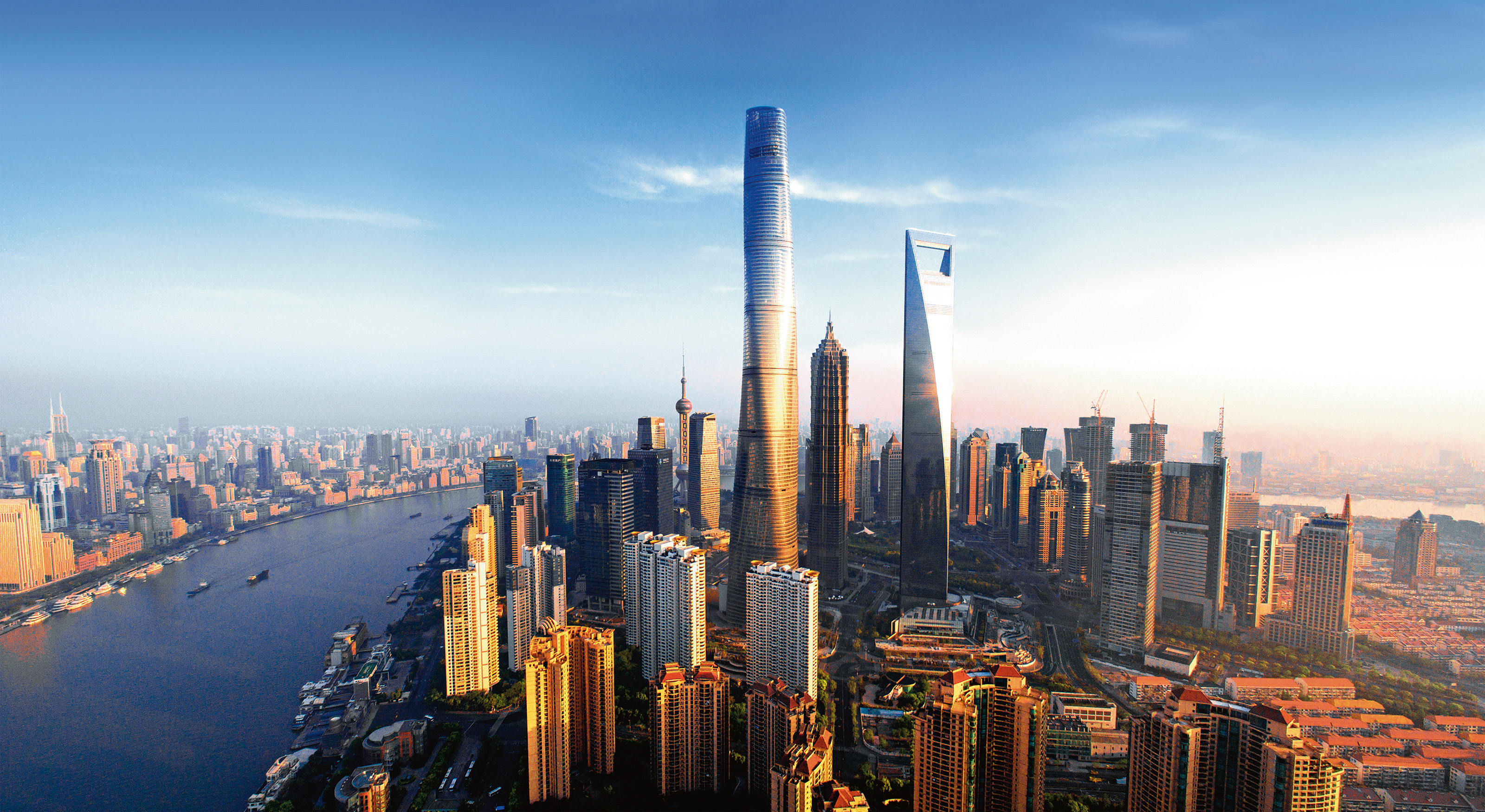
Shanghai Tower (2015), aerial view, Shanghai. photo / Blackstation
Projects
Wood Island Office Complex (1978)

Aerial view of the two-building complex, Larkspur, California. The design the re-creates the natural rounded effect of the hilltop site, preserves trees, and keeps parking areas from view. photo / provided
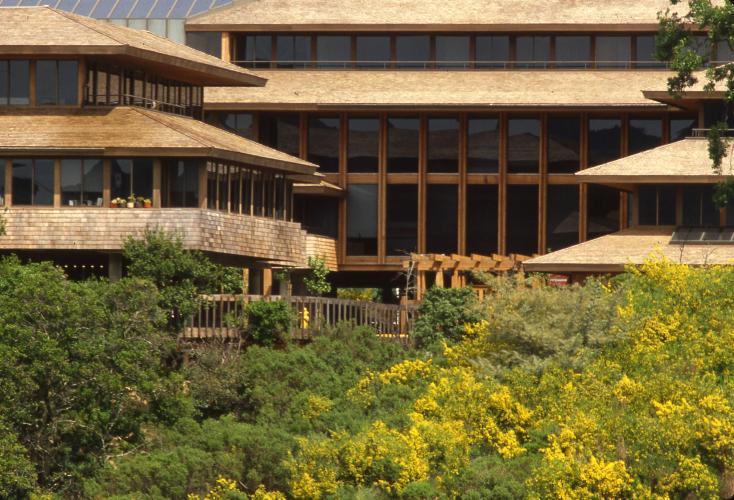
Exterior view, Larkspur, California. The roof shapes were designed as a series of stepped-back cedar shingle slopes. photo / provided

Exterior view, Larkspur, California. photo / provided
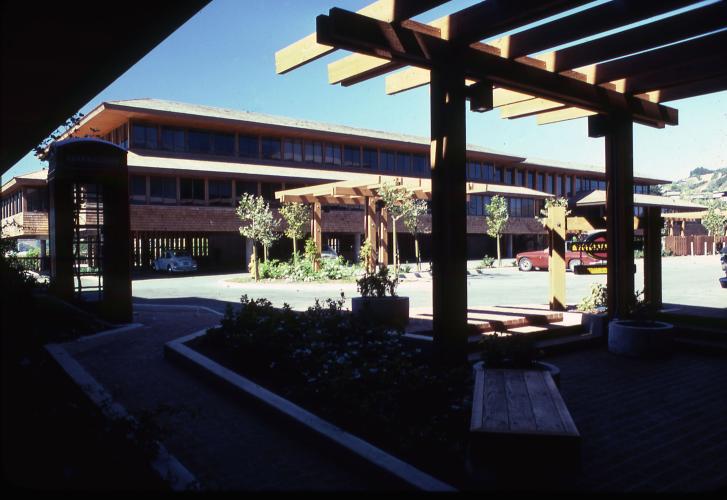
Entrance view, Larkspur, California. photo / provided

Entrance view, Larkspur, California. photo / provided
Oracle Redwood Shores Headquarters Campus (1999)
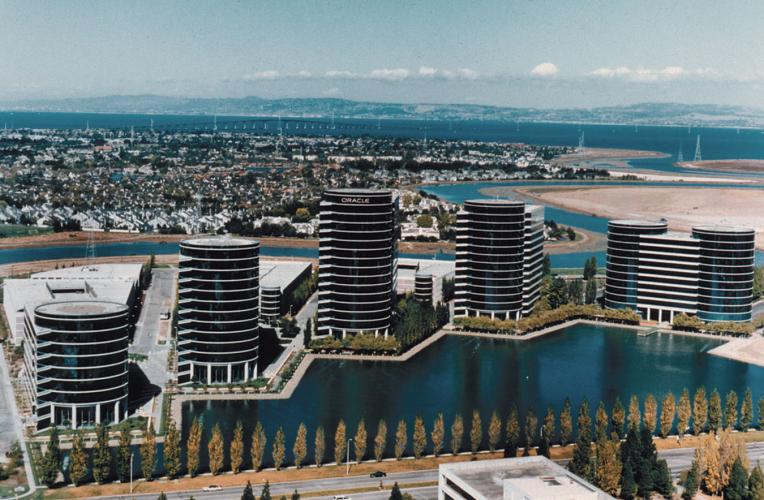
Six office buildings, aerial view, 1.6 million square feet, Redwood Shores, California. Varying in height from 8 to 14 stories, the buildings orient to the views across the lake, culminating at a major plaza. photo / Sherman Takata
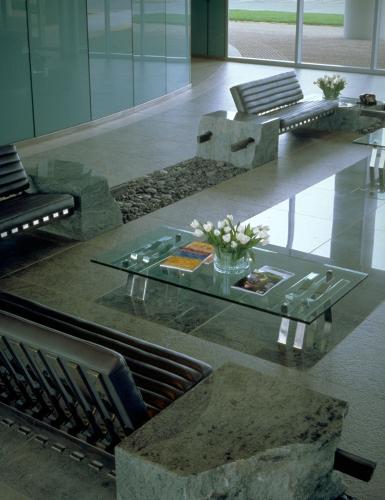
Interior view, lobby seating, Redwood Shores, California. photo / Sherman Takata
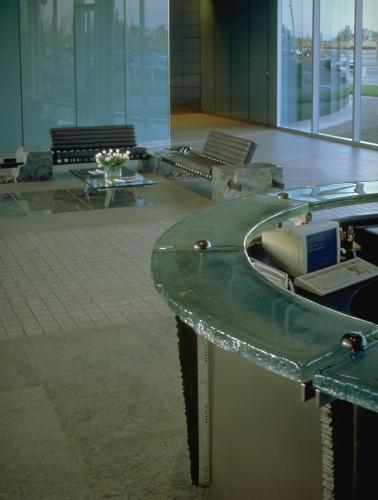
Interior view, lobby, Redwood Shores, California. photo / Sherman Takata
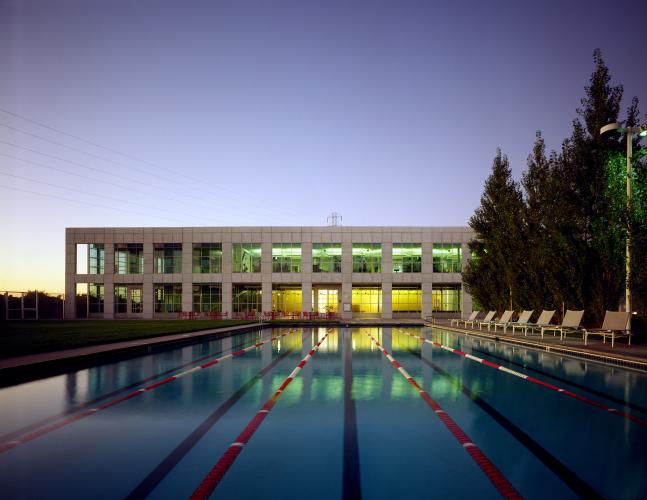
Exterior view, Redwood Shores, California. The curtainwall design reinforces the concept of interlocking, yet distinct forms in its detailing. photo / Sherman Takata
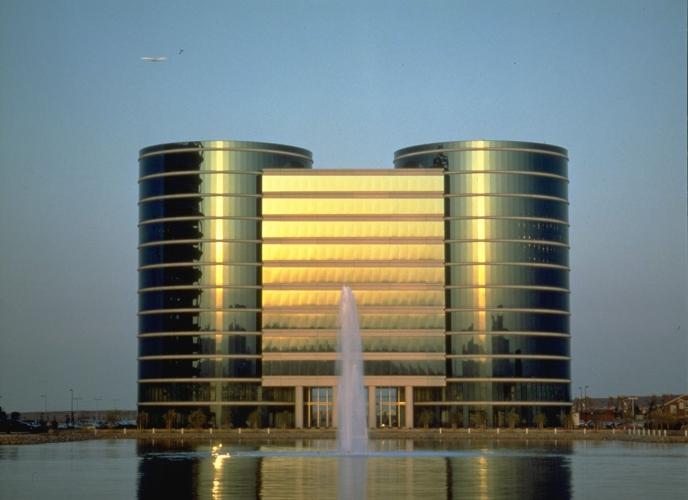
Exterior view, Redwood Shores, California. The glass at the upper floors is slightly reflective; the lower floors are tinted to soften the relationship between the two glass cylinders which frame views from land to water and vice-versa. photo / Sherman Takata
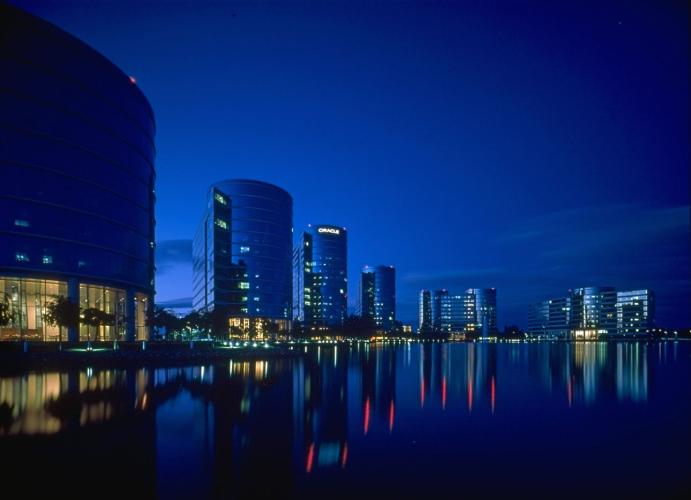
Night view of six office buildings, 1.6 million square feet, Redwood Shores, California. The site’s 13.7-acre lake provides the visual focus of Gensler’s master planning concept for Centrum. photo / Sherman Takata

Exterior view, 1.6 million square feet, Redwood Shores, California. A 7-acre public park surrounds the entire site along the existing bay slough. photo / Sherman Takata
Moscone West Convention Center Expansion (2004)
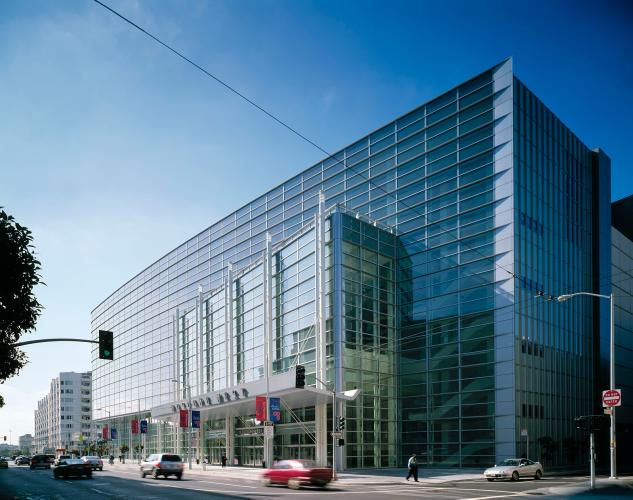
Exterior view, 775,000-square-foot project, San Francisco. The expansion raised the height of the building by three stories and increased the capacity of the center by 45 percent. photo / Roland Halbe
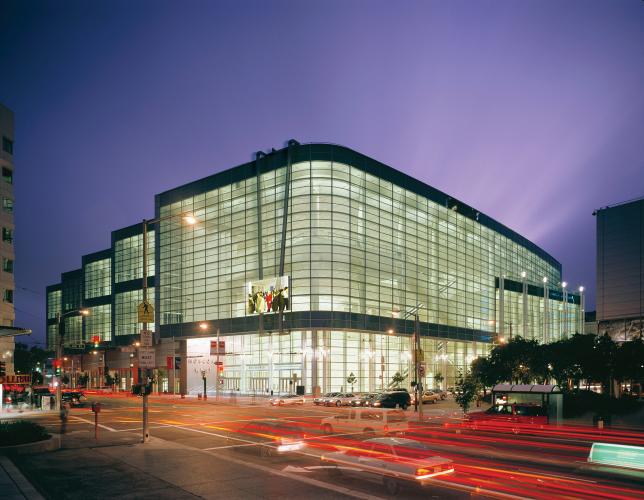
Exterior view, 775,000-square-foot project, San Francisco. A curved curtainwall of clear glass provides visitors with city views, and shows the activity inside the building to people who walk or drive past it. photo / Roland Halbe
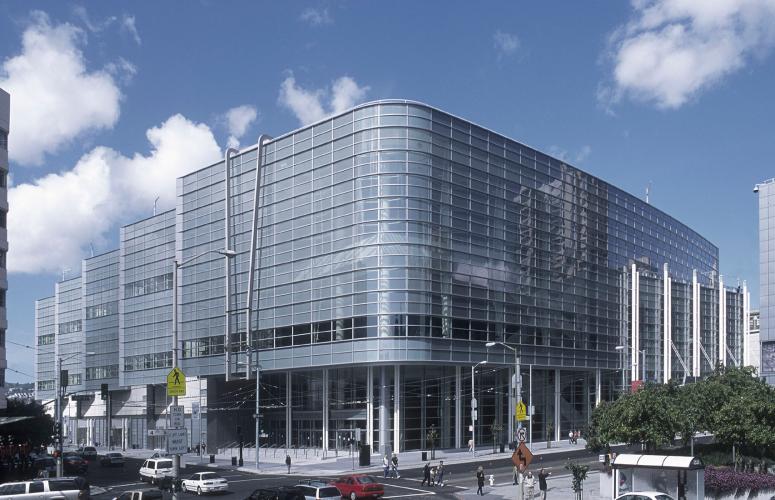
Exterior view, 775,000-square-foot project, San Francisco. The building is designed with unusually high earthquake resistance to serve as a safe public shelter. photo / Sherman Takata
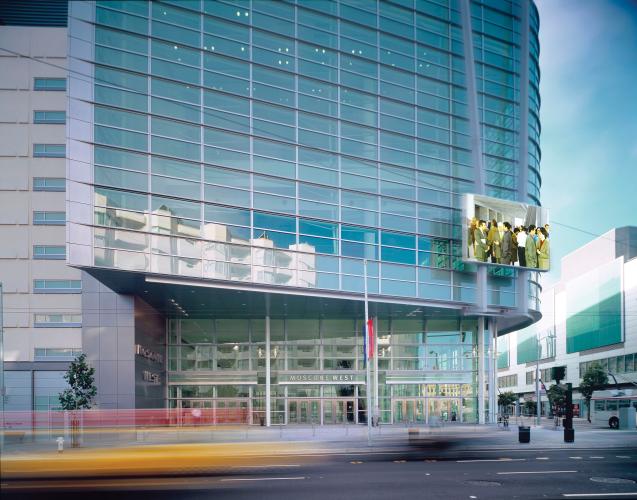
Exterior view, 775,000-square-foot project, San Francisco. High-performance window glass admits daylight without heat, reducing both lighting needs and cooling loads. photo / Roland Halbe

Exterior view, intersection of Fourth and Howard Streets, 775,000-square-foot project, San Francisco. photo / Roland Halbe
Shanghai Tower (2015)
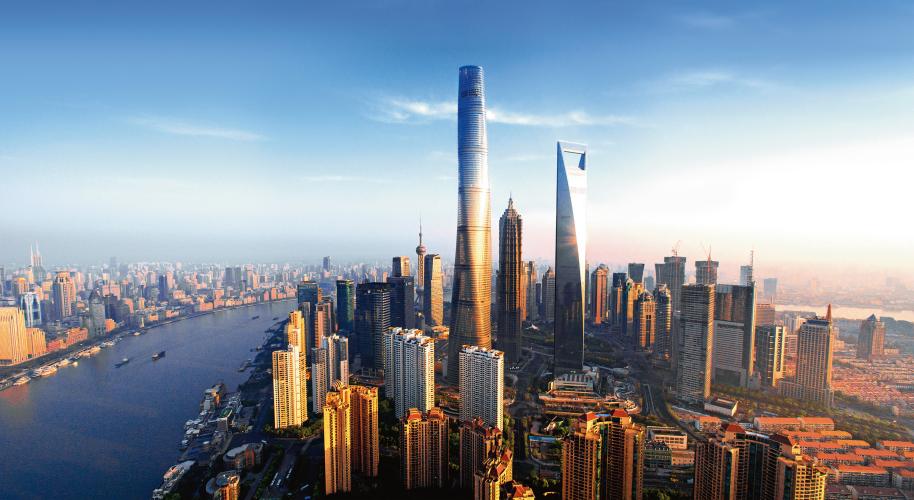
Aerial view, 127 floors, 632 meters, Shanghai. photo / Blackstation
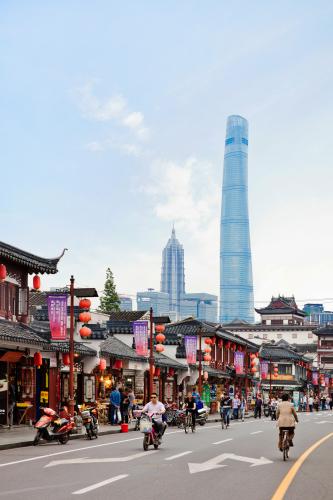
Tower in urban context, 127 floors, 632 meters, Shanghai. photo / Connie Zhou

Exterior view, curved glazed façade, 127 floors, 632 meters, Shanghai. The tower’s transparent, spiral form showcases cutting-edge sustainable strategies. photo / Connie Zhou

Detail view, 632 meters, Shanghai. The tower has been awarded a China Green Building Three Star rating and a LEED® Platinum Certification from the U.S. Green Building Council. photo / Blackstation

Exterior view, multistory retail podium, Shanghai. photo / Connie Zhou
San Francisco International Airport (1983–present)

Harvey Milk Terminal 1, exterior view, San Francisco. photo / Jason O'Rear

Harvey Milk Terminal 1, interior view, San Francisco. photo / Jason O'Rear
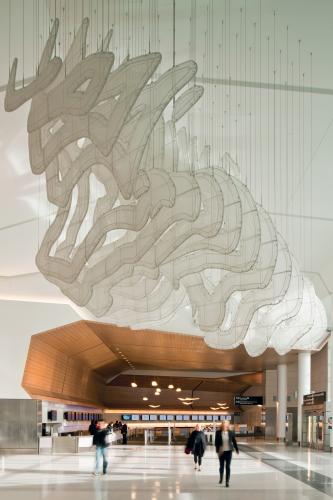
Terminal 2, sculptural artwork "Topograph" by artist Kendall Buster, San Francisco. photo / Bruce Damonte

Terminal 2, exterior view, San Francisco. photo / Nic Lehoux

Terminal 3, interior view, 65,000-square-foot renovation, San Francisco. photo / Joe Fletcher

Terminal 3, exterior view, 65,000-square-foot renovation, San Francisco. photo / Joe Fletcher
Color: Lorem ipsum dolor sit amet, consectetur adipisicing elit. Distinctio, eveniet?
